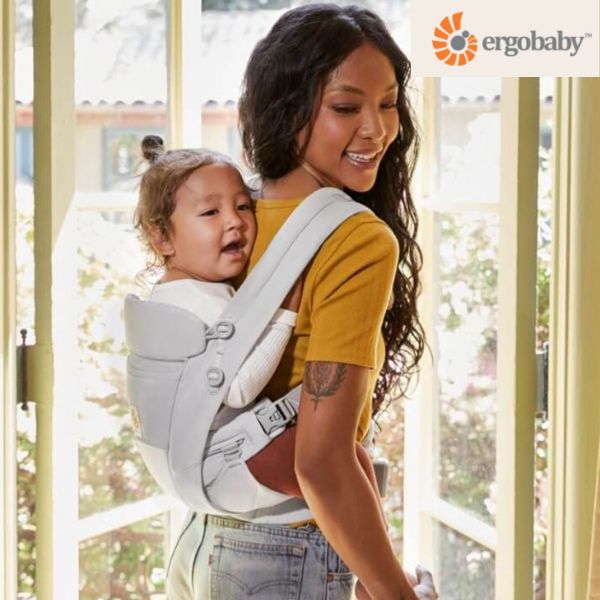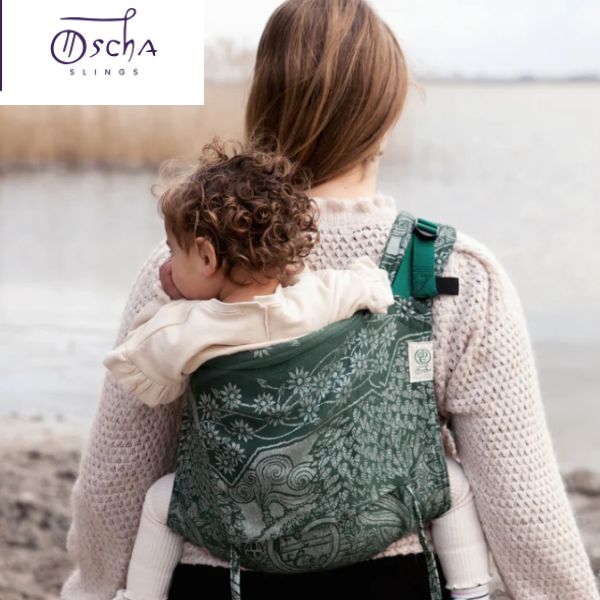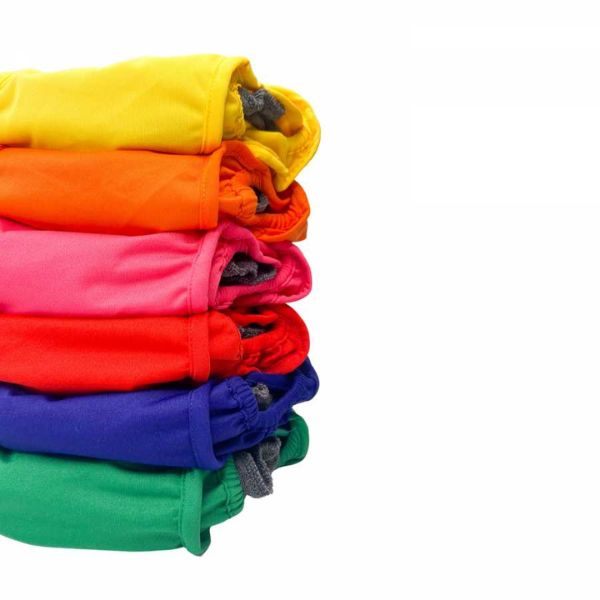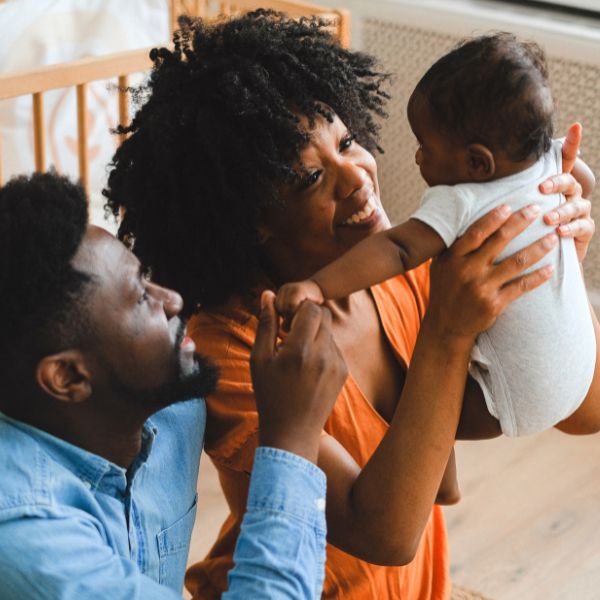Baby Carrier Buying Guide
Baby wearing is said to have many benefits, from reducing crying, promoting health, increasing your bond and enhancing your feeding journey.
Babies want to be held. If you have a grumpy or clingy baby but have a list of jobs you want to get done, strapping them in and having your hands free is such a blessing!
I loved baby wearing on the school run when my twins were in Reception and my last was newborn, I could hold their hands and navigate the busy playground, coatroom and classroom without having to worry about leaving baby out of sight.
As baby grows they are so useful if you want to navigate places that a buggy can't go, or if you want to breastfeed on the move.
There are many different types and makes of slings, wraps and carriers to choose from to suit all price ranges from budget options to expensive hand crafted fabrics.
- Safety in baby carriers
- Types of baby carriers
- Age and weight guidance
- Factors to consider when choosing a baby carrier
Safety in baby carriers
Just as with all baby items, proper use is necessary to prevent health and safety issues.
Make sure you choose a carrier that positions your little ones hips in an "M" or "frog" position to help prevent hip dysplasia. The International Hip Dysplasia Institute has further guidance.
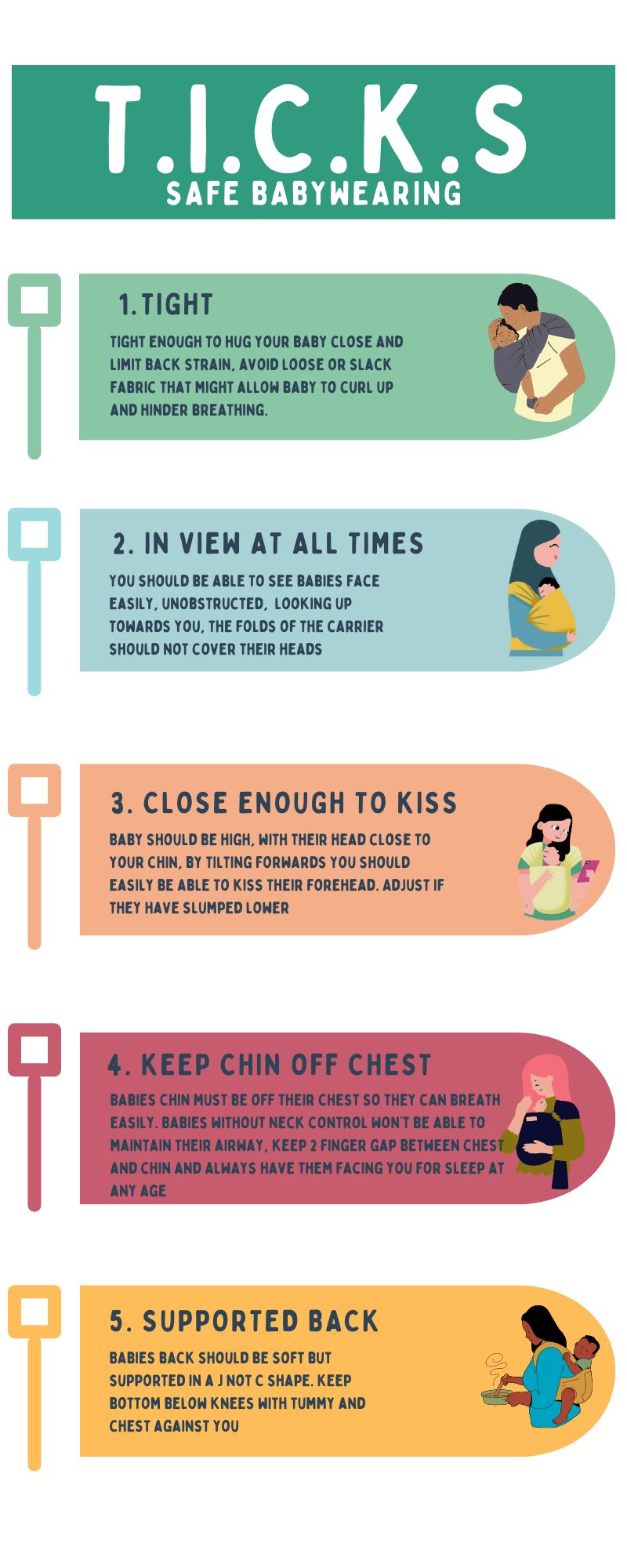
Types of Baby Carriers
Wraps
These come as a long length of breathable fabric which you wrap around yourself and tie to secure, then fold baby in. They can be soft / stretchy wraps or woven wraps.
Stretchy wraps
Great for newborns as are woven wraps which can be used newborn to toddler and beyond as they have a firmer structure.
You need to learn how to tie them, which can seem intimidating - but if you watch tutorials (on youtube) you'll realise is not complicated and just needs a bit of practise.
Wraps can be tied in the morning and left on all day ready for baby to be folded in and out as needed.
Make sure your stretchy wrap is tied nice and tightly to you so baby is seated high (baby close enough to kiss) with their back soft and supported. You should have babies airway clear so no fabric over their face and they should be looking up towards you.
Favourite Brand: Moby Wraps
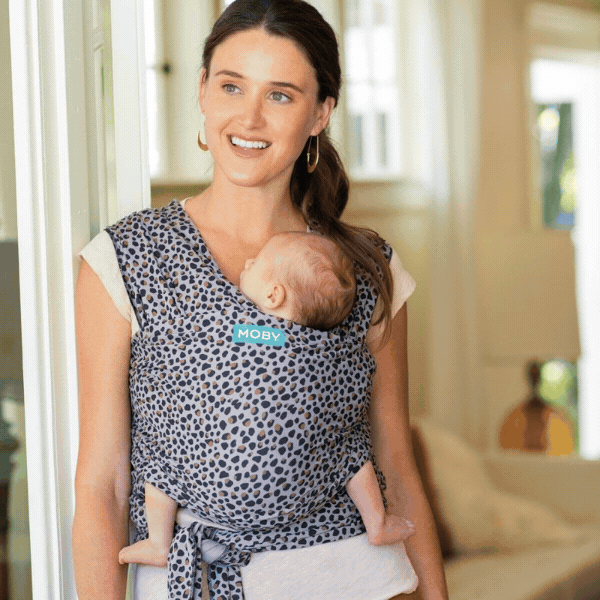
Woven wraps
These have thicker fabric for a more structured hold and can be worn on the front, hip or in back carries - perfect with older children in varying carrying positions.
Pros - Easy to transport, fold up small with no rings or buckles, can be used as a blanket too. Once tied can be worn all day, easy to switch between users
Cons - There is a learning curve to use, but it's easier than you'd think
Slings -
Ring slings are a length of fabric with two rings sewn into one end. They go over one shoulder and baby sits on the opposite hip in them like a pouch. They can also be adjusted to be front carrying.
Baby slings are good for all ages but come into their own for the toddler age group.
Pros - Great for toddlers who alternate from walking to being carried over and over, easy to switch between users
Cons - Less suitable if you have upper body aches or pains as they can put pressure on the shoulder long term, this lessens if you spread the fabric out.
Favourite brand: Girasol Ring Slings
Meh Dais -
A square panel of fabric with straps at the bottom which are tied around the waist and straps at the top that go over your shoulders, crosses over at the back then wraps around baby, halfway between a structured carrier and a woven wrap.
They vary quite alot between brands, with some being simple, some having padded shoulder straps and at the waist, and others having intricate designs.
Pros - versatile carry options and structured, wear with newborns on the front and older babies on the side or back
Cons - can seem more complicated to fit than other baby carriers
Soft-Structured Carriers (SSC) -
Buckle carriers are the most popular due to their parent friendly design.
Half Buckle Carrier - these have a clip at the waist for ease of use, then have straps like the mei dai to go over your shoulders allowing for any shape or size of wearer
Full Buckle Carrier -These have a front panel, padded waist strap and shoulder straps - which are adjustable to achieve a comfortable fit, all secured with buckles.
Pros - Easy to use, easy to adjust
Cons - Harder to switch between users as they will need readjusting
Favourite Brands - Ergo baby
Ergobaby omni dream is a super soft structured full buckle baby carrier, it has good lumbar support and a hood for discreet breastfeeding and sun protection.
Tula free to grow soft structured carriers can be used from newborn through to early toddlerhood, it has padded straps for comfort and a matching hood for extra support and sun protection
Japanese Onbu Carriers -
Onbu or Onbuhimo look and work alot like a backpack, made for older babies that can already sit, with no waistband just shoulder straps and a chest strap. Great for short journeys. Worn high up on the back.
Just sit your child on the back panel, then pop their legs through the shoulder straps leaving some fabric below to form the seat. Then put them on like a backpack whilst you sit in front of them, do up the chest strap before you stand up, lean forwards as you adjust the seat and straps
Pros - No waistbelt, great if you don't find them comfortable or if you are pregnant, easy for little ones to get out and walk
Cons - Not suitable from birth so avoid if you were trying to buy one wrap for the duration, can be a bit fiddly to wriggle them into position but most toddlers enjoy this
Favourite Brands -
We go back to Oscha for their made to order range of jacquard woven sling fabrics crafted by hand in their workshop near Edinburgh.
Age and Weight Guidelines
Although every child is different, the age and weight of your child can decide what type of carrier is best for them. Do you want one carrier to take you from birth to school age, are you planning to only baby wear for the first year, or are you happy to switch carriers as baby grows. Always follow manufacturers weight guidance. We'd recommend -
Newborns - Stretchy wraps or woven wraps
Toddlers - Buckle Carriers or Mei Dais
Young children - Buckle carriers or Onbu carriers
Factors to Consider When Choosing Baby Carriers
There are some key factors to consider when choosing a baby carrier for your child.
- Safety: T.I.C.K.S Tight, in view, close enough to kiss, keep chin off chest, support their back
- Comfort for Baby: soft back, curved but supported, legs in an M shape - spread squat position support hip to knee, bottom sitting lower than their knees
- Comfort for Wearer: make sure your back is supported, get the OK from your Dr after birth / C-Sections to use a carrier
- Ease of Use: this is different for everyone, some will enjoy wrapping their baby, others will want a formed buckle carrier - but research is key, find your local sling library to try a few
- Durability: research before investing in some of the more expensive carriers, they can last for all subsequent babies so it is worth exploring the best options for you
- Design: there are lots of plain budget options on the market but there are woven wraps and carriers that are beautifully dyed and knitted, made with intricate designs too
Conclusion
Baby wearing is a wonderful bonding experience, whichever carrier you decide to buy you will be encouraging a deep connection with your child.
For more information or to browse our range of baby carriers, visit our website. We encourage you to share your experiences and tips in the comments or contact us directly for advice, the team chat pee, poo and periods all day long and are happy to help! You may also find this article useful for further reading:
About the Author: Kirstin on our customer services team loves spending her days helping customers with their reusable period product needs and advising cloth nappy using families. Kirstin lives with her three teenagers and loves walking, cycling and sea swimming year round in our beautiful bay.She is excited to share her extensive knowledge and enthusiasm for all things reusable, helping a new generation of parents navigate eco-friendly choices for their children.
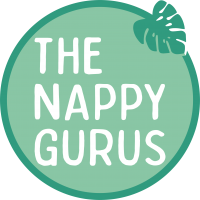
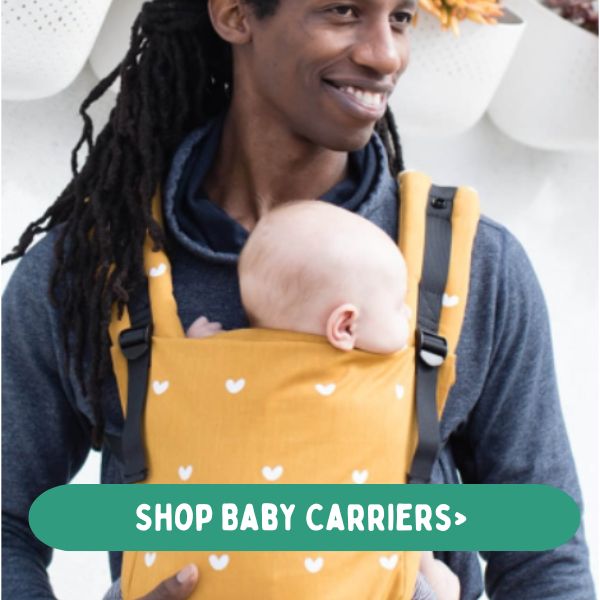
.gif)
